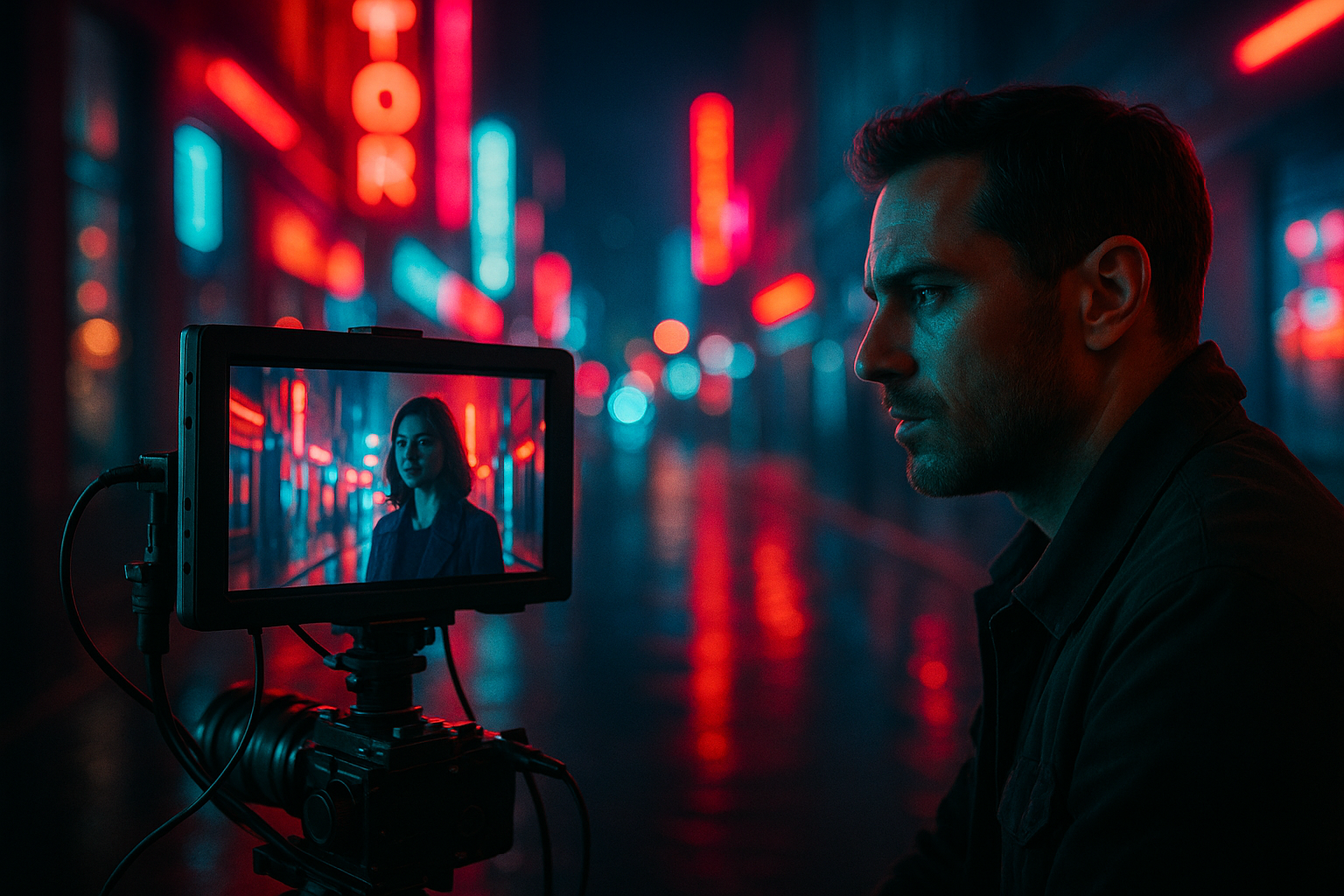Fusion of Technology and Art: The Emergence of Virtual Reality in Modern Cinema
Introduction: Venture into the captivating blend of technology and art as we delve into the burgeoning role of Virtual Reality (VR) in modern cinema. Unearth how this innovative tech is transforming the cinematic experience, from the way films are made to how they are consumed.

The Genesis of Virtual Reality in Cinema
Virtual Reality, once the stuff of science fiction, has now become a palpable reality, making substantial strides into various sectors, including the world of cinema. The roots of VR in filmmaking trace back to the 1960s, with the Sensorama Simulator, a mechanical device that aimed at simulating reality. However, it wasn’t until the late 2010s, with the advent of superior technology and computing power, that VR began to permeate the mainstream cinema, offering immersive experiences beyond conventional 2D and 3D formats.
From Reel to Real: The Current Scenario
Today, VR is revolutionizing the cinematic landscape, propelling filmmakers and audiences into a sphere of heightened realism and engagement. This technology is increasingly being utilized in pre-production processes, for storyboarding, set design, and even rehearsing complex scenes. It’s also empowering viewers to step into the film itself, experiencing the narrative in a 360-degree environment.
Making Waves: Notable VR Productions
A number of films and filmmakers have embraced VR technology, pushing the boundaries of cinematic storytelling. For instance, Alejandro González Iñárritu’s “Carne y Arena,” a VR installation, gave viewers a first-hand experience of the perilous journey of immigrants. More recently, the VR short film “Gloomy Eyes” mesmerized audiences at Sundance Film Festival with its unique blend of animation and immersive storytelling.
Impact and Reception: Shaping the Future of Cinema
The integration of VR in cinema has stirred both excitement and skepticism. On one hand, it offers unmatched immersion and interactivity, amplifying emotional resonance. On the other hand, concerns persist about accessibility and the loss of shared viewing experiences. Despite the debates, the growing popularity and technological advancements indicate that VR is poised to play a substantial role in the future of film.
The Road Ahead: Challenges and Opportunities
While VR holds enormous potential for cinema, it is not without challenges. High production costs, technical complexities, and the need for specialized equipment can pose barriers. However, with ongoing advancements, these challenges can be overcome, ushering in a new era of film that’s as close to reality as it gets.
In conclusion, the fusion of technology and art, as witnessed in the emergence of Virtual Reality in modern cinema, is an exciting development. It promises to redefine the way we create and consume films, opening up new dimensions in storytelling and viewer experience. As we stand on the brink of this immersive revolution, one thing is certain: the world of cinema will never be the same.






